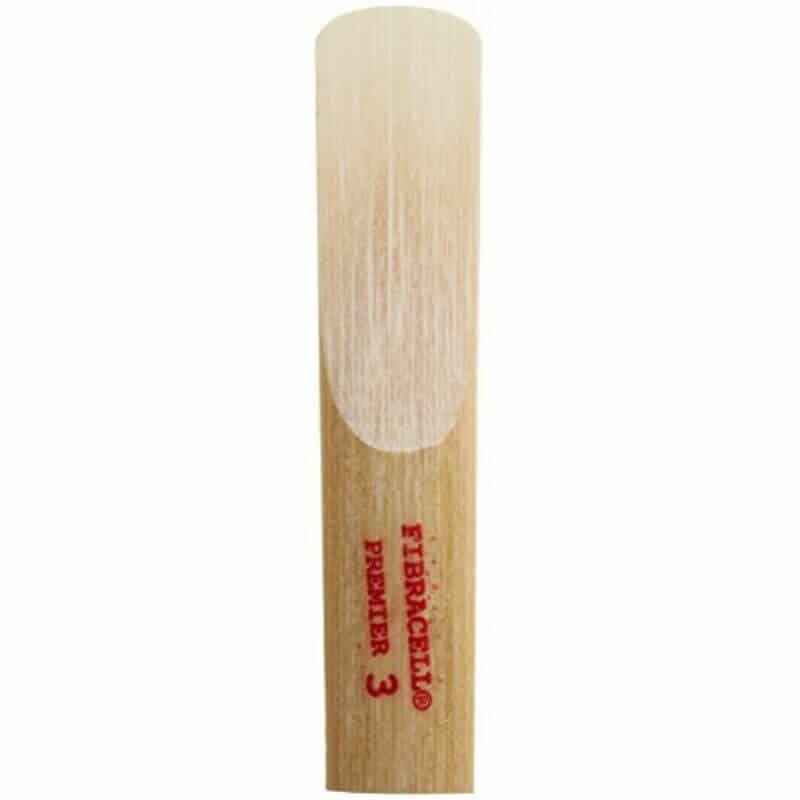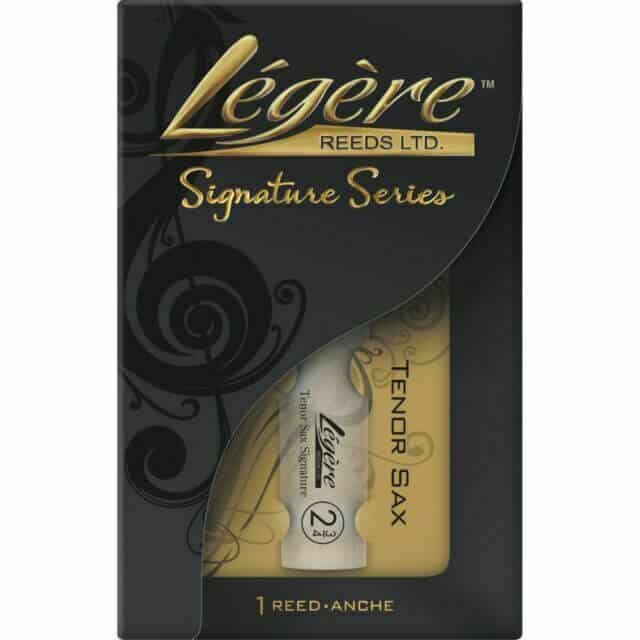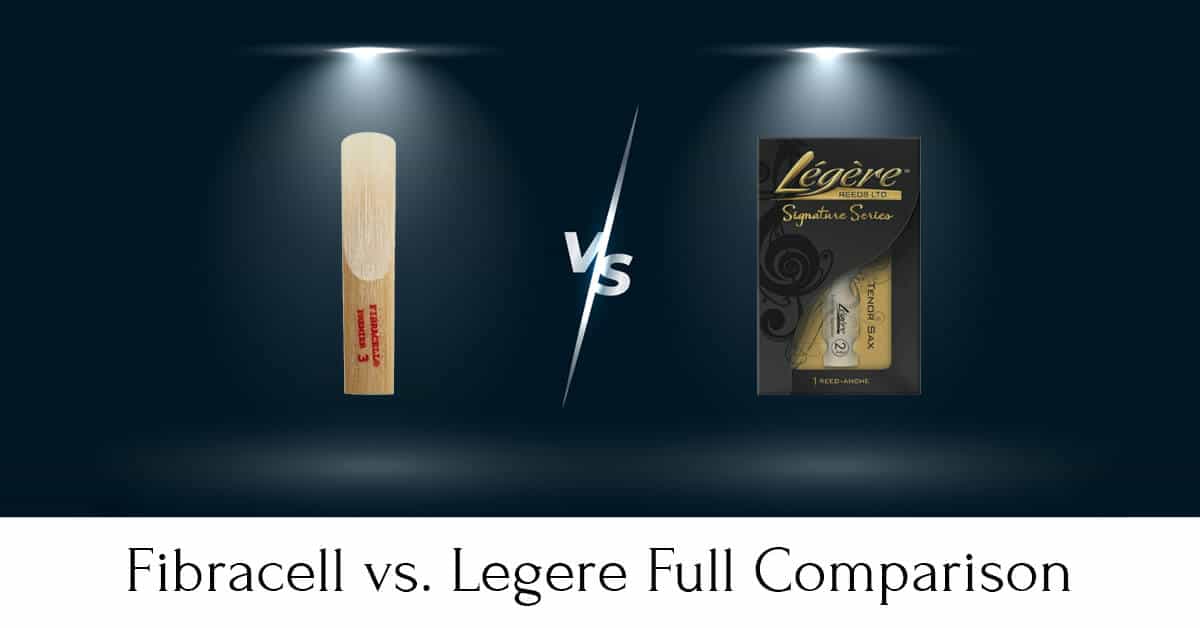Synthetic reeds are a nice alternative to cane ones as they spare you the need for maintenance, and you can skip looking through a whole box of them to find just the right one. Though you might miss out on a one-in-a-million excellent cane reed, you can rest assured about your reed’s consistency.
Among the best synthetic reeds are Fibracell and Legere, and in this article, I’ll compare the two brands in order to help you choose the one that would suit your purposes more. Let’s get right into it.
Table of Contents
Fibracell vs. Legere: Short Answer
Since both are synthetic reeds, the difference between them wouldn’t be like the difference between night and day. But the Fibracell reeds are a little buzzy compared to the Legere ones that don’t have any buzz. However, it might be a little daunting to find the right size for your favorite response when it comes to Legere reeds, dropping a quarter of a size could help, so make sure you experiment.
| Image | Product | Details | Price |
|---|---|---|---|
 |
Fibracell FCTSP3 Premier Series Synthetic Reed | Runner-Up | Check Price |
 |
Legere Alto Sax Reed Signature 3.0 | Best Overall | Check Price |
Fibracell vs. Legere: In-depth Answer
Type of Saxophone
The Fibracell is a bit of a standard reed, coming in one model, which is “Premier,” and is available for soprano, alto, tenor, and baritone saxophones.
On the other hand, you can find Legere reeds for sopranino, soprano, alto, tenor, baritone, and all the way to bass saxophones. Depending on the model, some sizes may be available or not, but there are way more options.
Winner: Legere
Models and Strengths
When it comes to models, Fibracell doesn’t leave much room for confusion as it only has the Premier line. The strengths range from 1 to 5 with 0.5 increments.
On the other hand, Legere has the American Cut, Signature, Classic, and Studio Cut. The matrix is as follows:
- The Signature ranges from 1.5 to 3.5 with 0.5 increments.
- The Studio Cut ranges from 2 and up to 4 or 3.5 with 0.5 or 0.25 increments, depending on the saxophone size.
- The American Cut ranges from 1.5 to 4 with 0.25 increments.
- The Classic ranges from 2 to 3.5 with 0.5 increments.
So, you can see that the Legere reeds have a much wider range of choices, from models, strengths, and even sax sizes, as they range from as small as sopranino and all the way to bass saxophones.
Winner: Legere
Sound and Performance
When it comes to the playability of each reed, any saxophonist will notice that the Fibracell is a lot easier to blow and gives you enough loudness for rock and blues. However, its harmonics aren’t as great as Legere’s.
So, despite the resistance that makes the Legere reeds harder to blow and feel stuffy, you’ll get the best intonation out of them. However, consistent playing on the Legere reeds will cause them to soften, but it may be hard to do so, given that blowing these reeds requires more effort.
Still, the Legere reeds would make the best alto sax reeds as the alto sax doesn’t require as much effort to play, so the whole equation is balanced while you get the amazing intonation with Legere reeds.
Winner: Tie
More reed comparisons:
– Legere Studio Cut head-to-head against Legere Signature
FAQs:
What’s the Difference Between Synthetic and Cane Reeds?
The first aspect that distinguishes synthetic reeds from cane ones is that the latter is natural, which makes room for a widespread when it comes to different items, and not just a variance between models.
Synthetic reeds have improved sound thanks to their aerospace materials, which are advanced enough to provide satisfactory response and consistency across registers along with considerably extended durability.
Are Synthetic Reeds Better than Cane Reeds?
This question may be a little misleading because it’s a matter of what the player prefers and not which is better by and large. Cane ones are better if you have the patience to go through a bunch of them and choose the one with the best performance.
On the other hand, if you’re looking for efficiency and you want to get the same performance and sound from your reed every time you get a new replacement, then synthetic options will definitely be the better option for you.
Conclusion
To sum up, both the synthetic Legere and Fibracell give you the consistency that any saxophonist needs when they’re looking to maximize their practice sessions.
The Legere ones are more diverse and give you more options to choose from. Not to mention, they have a more crisp sound with better intonation.
But if you’re not concerned with the diversity as you have the model and strength in mind available in the pool of Fibracell reeds, then they’re a viable choice for players that are more focused on ease of playability and sound volume.

